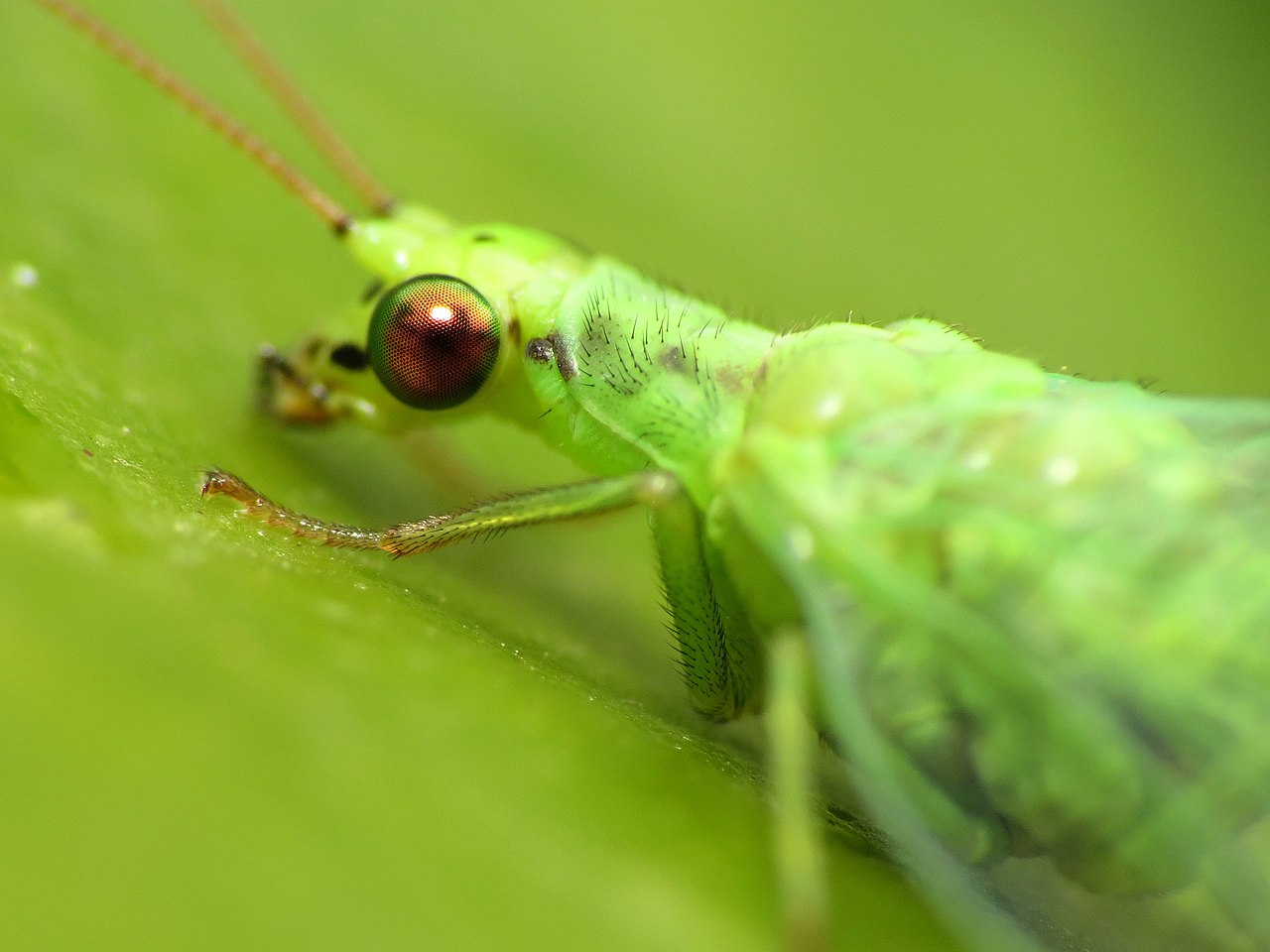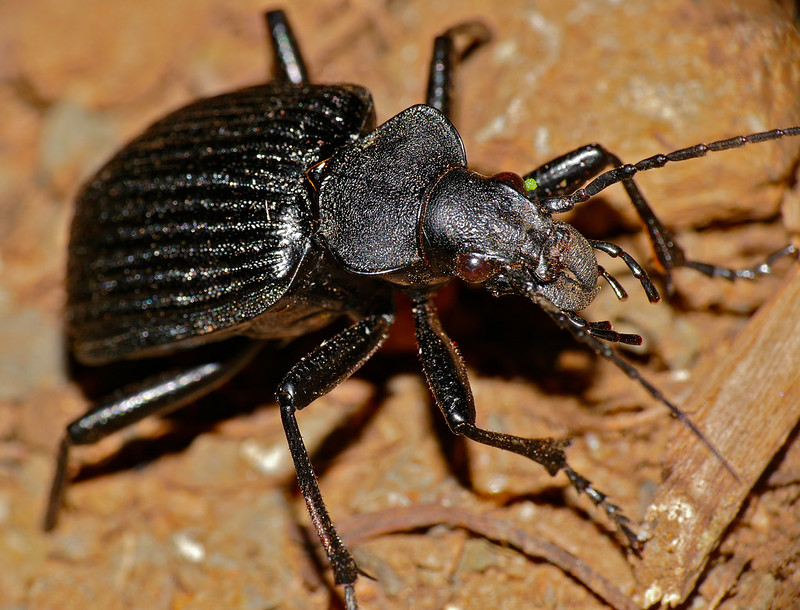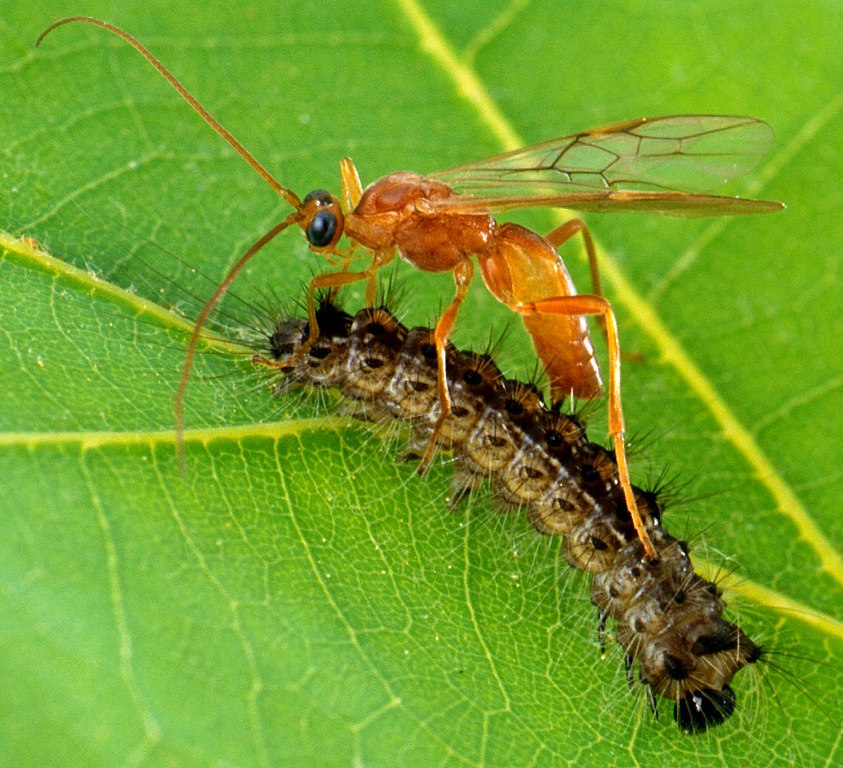
At first glance, bugs might not seem like something you would want in your yard or garden, but you should welcome some insects.
There are more beneficial bugs than bad ones, according to Virginia Tech entomologist Dr. Thomas Kuhar. “They’re part of a natural living system where different species hold each other in check. Beneficial insects help where pest populations are exploding. They also recycle nutrients.”
He said people often upset the balance of nature by killing off good bugs by not recognizing them or by using insecticides.“Homeowners should avoid spraying insecticides if possible. It’s probably more harmful to the predatory insects that feed on damaging pests than it is to the pests themselves,” he said. Instead of hiring an eco-friendly pro, he worries most people opt for of broad-spectrum insecticides that kill almost everything they touch.
With hot, humid summers and moderate winters, the Richmond area is ideal for a large population of insects, both good and bad. Dr. Kuhar has his favorites.
Ladybugs
They’re cute when they’re adults, but in their larval stage, they look like little reptilian monsters — and they act like them. They’re vicious little predators with a voracious appetite for aphids and other soft-bodied pests — the bugs you don’t want. But because of their fearsome appearance, many gardeners assume they’re pests and exterminate them.
Ground Beetles

To borrow Rodney Dangerfield’s line, these bugs “don’t get no respect.” That may be because homeowners mistake them for cockroaches or harmful insects. Both the larvae and adults of many ground beetles dine on slugs, caterpillars, cutworms, and other damaging insects. Because beneficial beetles are primarily nocturnal, you won’t see them often. You can recognize them by their dark brown or black shiny bodies, their long legs, and their habit of running very fast when they’re spotted. The ground beetles offer the additional benefit of feeding on the seeds of invasive weeds.
Green Lacewings
These insects (pictured at top of page) are pale green and have gossamer wings that give them a fairy-like appearance. Besides devouring aphids, the larvae take on harmful caterpillars and beetles many times their size.
Parasitic Wasps

These are not the insects that ruin your afternoon on the patio. Parasitic wasps are much smaller than their stinging cousins. They are harmless to humans and do their duty in ridding your yard of cutworms, armyworms, moths, and other undesirable creatures.
Although you can buy some of these beneficial bugs online or at retailers, Dr. Kuhar warns against it. “A lot of times, they are not native insects. You’re getting something reared in a lab, and if they’re adults and have wings, they’ll fly away, and you’re wasting your money.”
Beneficial Nematodes
But, Dr. Kuhar says the exception to that advice comes if you have an infestation of harmful caterpillars or white grubs. Beneficial nematodes can be a good investment. White grubs are especially damaging in the Richmond area. Commercially sold nematodes are tiny worms that feed on ground pests. The kinds you can buy at stores or online are harmless to animals and plants. You can also buy predatory mites can to help control severe infestations of spider mites and thrips.
The best weapon against pests is maintaining a healthy yard with biodiversity. That means proper watering, fertilizing, mowing, and aeration. “Even when a little damage shows up, a healthy lawn can repair itself. It’s very rare you need to use insecticides. Pest outbreaks can happen in some years, but a healthy lawn can handle it. You just get really heavy pest pressure if the lawn is not healthy, and the tolerance is low,” said Kuhar.
Richmond has rich natural biodiversity — a good balance of plant life and wildlife. Homeowners can help maintain that diversity. “Have a diverse mix of native flowers and shrubs that bloom at different times,” he recommended. “That will attract beneficial insects to your yard.”
Also, by installing plants that bloom at different times of the year, your yard will stay attractive as well as diverse. He recommends going with native plants whenever possible because they’re more likely to thrive and provide food for beneficial insects.
Tom Kuhar is a Professor and Integrated Pest Management Specialist in the Department of Entomology at Virginia Tech. Dr. Kuhar’s research focuses on the integrated pest management of insect pests of vegetable crops and turfgrass. He has published over 120 peer-reviewed papers and six book chapters on insect pest management in agricultural crops.
Main image credit: Green lacewing, photo by Katja Schulz, CC 2.0.